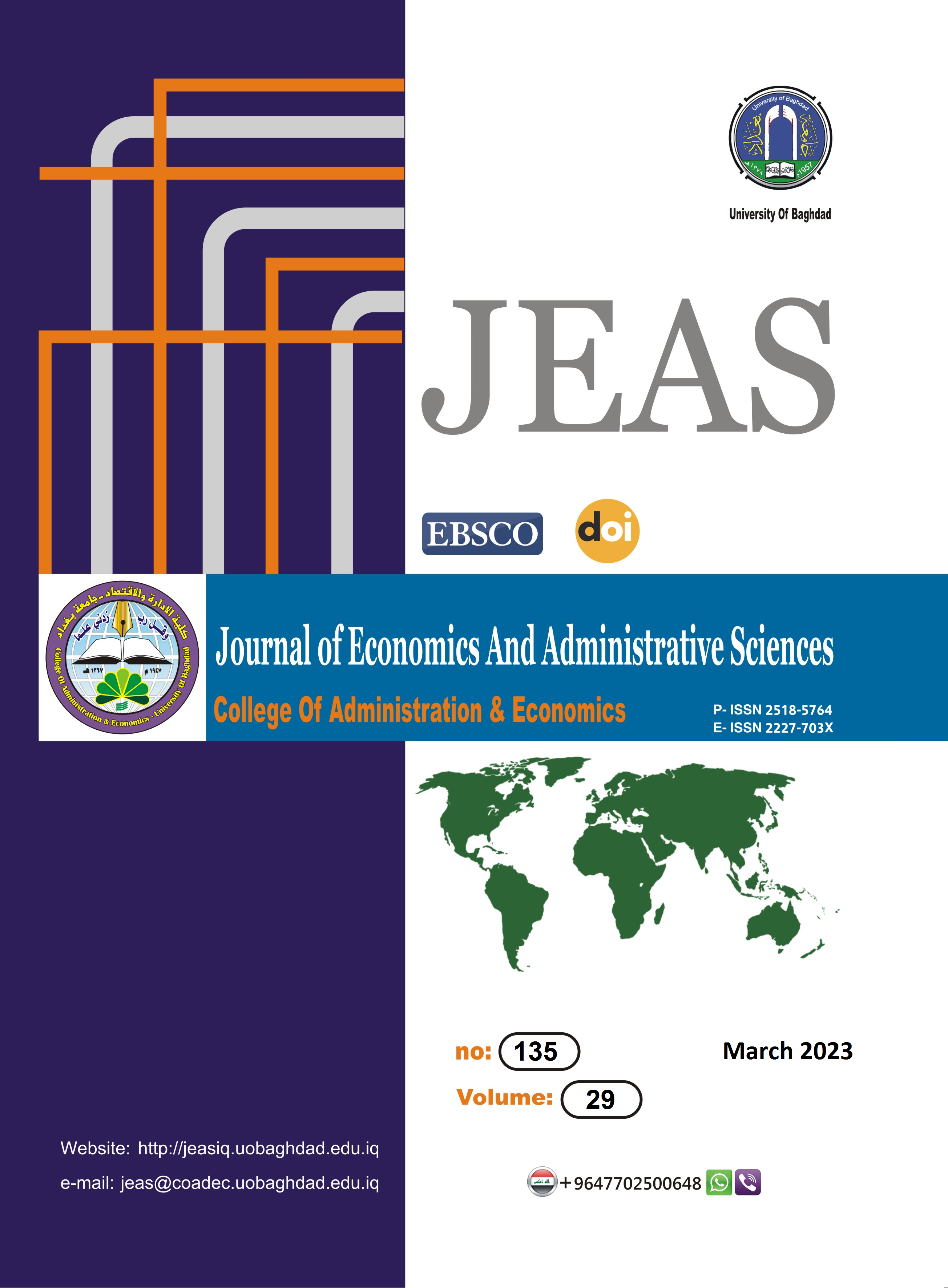An Artificial Intelligence Algorithm to Optimize the Classification of the Hepatitis Type
DOI:
https://doi.org/10.33095/jeas.v29i135.2504Keywords:
Regression Tree Classification (CART) ,Radial Basis Function (RBF) ,Genetic Algorithm (GA), شجرة الانحدار التصنيفية , شبكة دالة الاساس الشعاعي , الخوارزمية الجينيةAbstract
Hepatitis is one of the diseases that has become more developed in recent years in terms of the high number of infections. Hepatitis causes inflammation that destroys liver cells, and it occurs as a result of viruses, bacteria, blood transfusions, and others. There are five types of hepatitis viruses, which are (A, B, C, D, E) according to their severity. The disease varies by type. Accurate and early diagnosis is the best way to prevent disease, as it allows infected people to take preventive steps so that they do not transmit the difference to other people, and diagnosis using artificial intelligence gives an accurate and rapid diagnostic result. Where the analytical method of the data relied on the radial basis network to diagnose the disease, in addition to using the classification of the regression tree as well as the use of the genetic algorithm to improve the classification accuracy of both methods and by comparing the methods used to find out the most efficient methods of classification through criteria. Classification error, mean square root error, and average absolute relative error, and concluded that the experimental results are that the methods are good in terms of classification, as they gave results with less classification of error, and that the radial basis network was superior to the classification regression tree, and that the addition of the genetic algorithm led to an improvement classification accuracy.
Paper type: Research paper.
Downloads
Published
Issue
Section
License

This work is licensed under a Creative Commons Attribution-NonCommercial-NoDerivatives 4.0 International License.
Articles submitted to the journal should not have been published before in their current or substantially similar form or be under consideration for publication with another journal. Please see JEAS originality guidelines for details. Use this in conjunction with the points below about references, before submission i.e. always attribute clearly using either indented text or quote marks as well as making use of the preferred Harvard style of formatting. Authors submitting articles for publication warrant that the work is not an infringement of any existing copyright and will indemnify the publisher against any breach of such warranty. For ease of dissemination and to ensure proper policing of use, papers and contributions become the legal copyright of the publisher unless otherwise agreed.
The editor may make use of Turtitin software for checking the originality of submissions received.


























